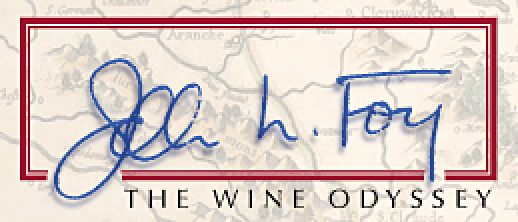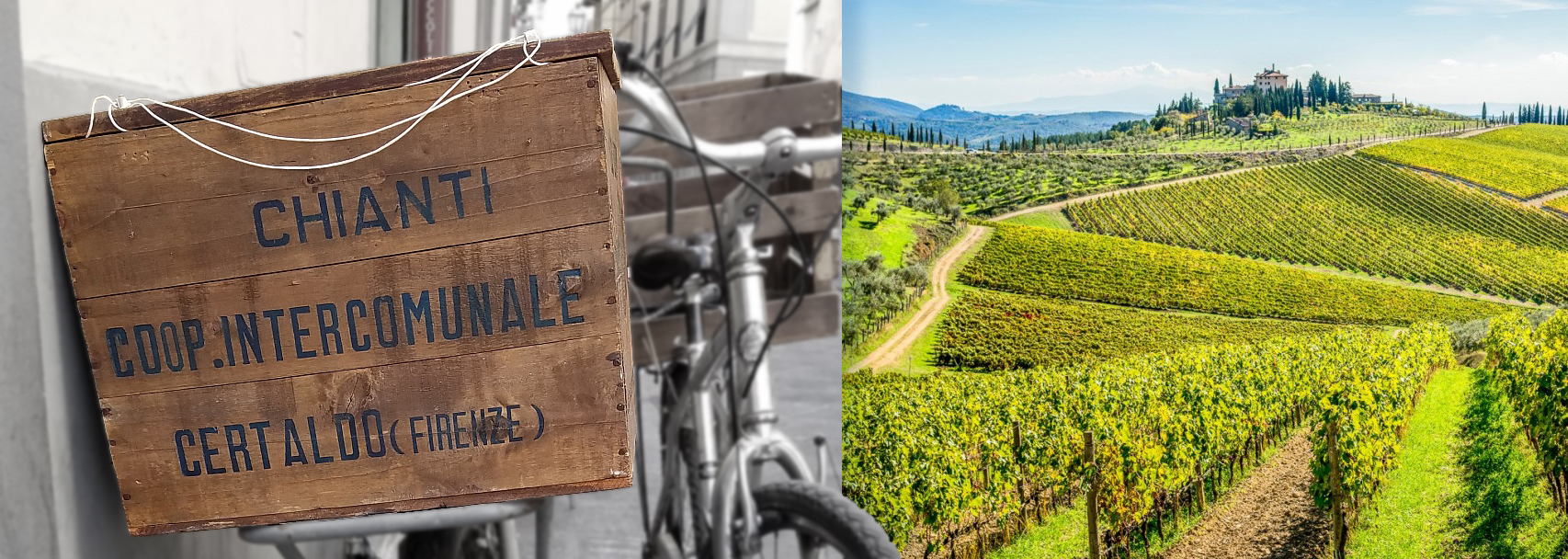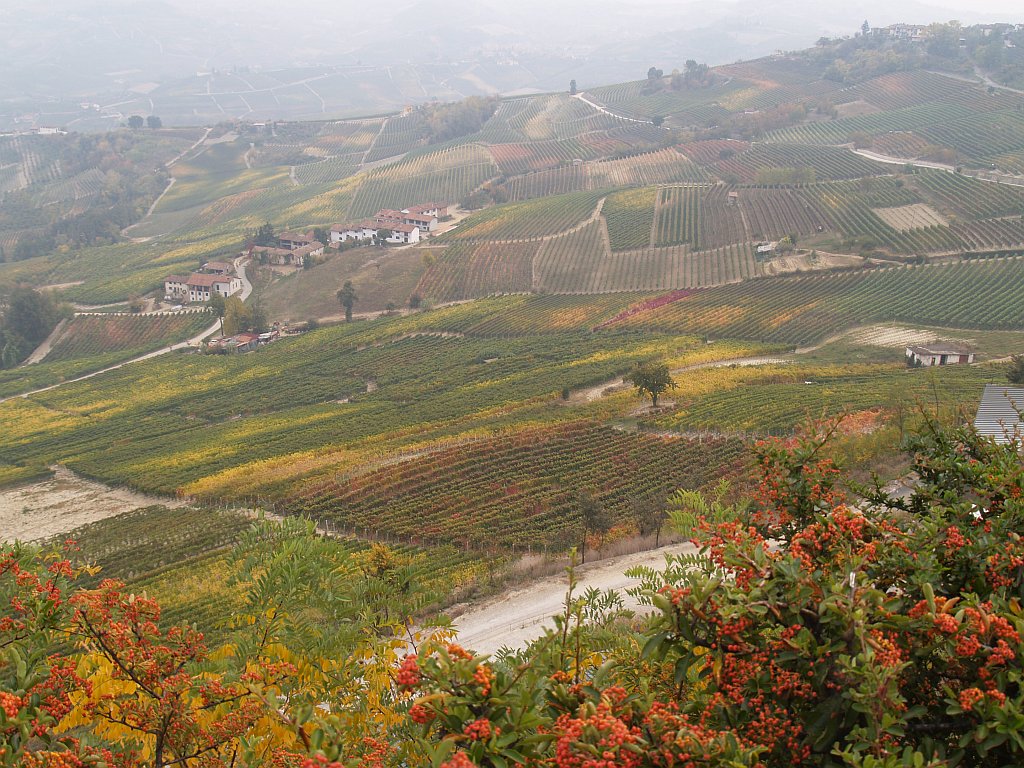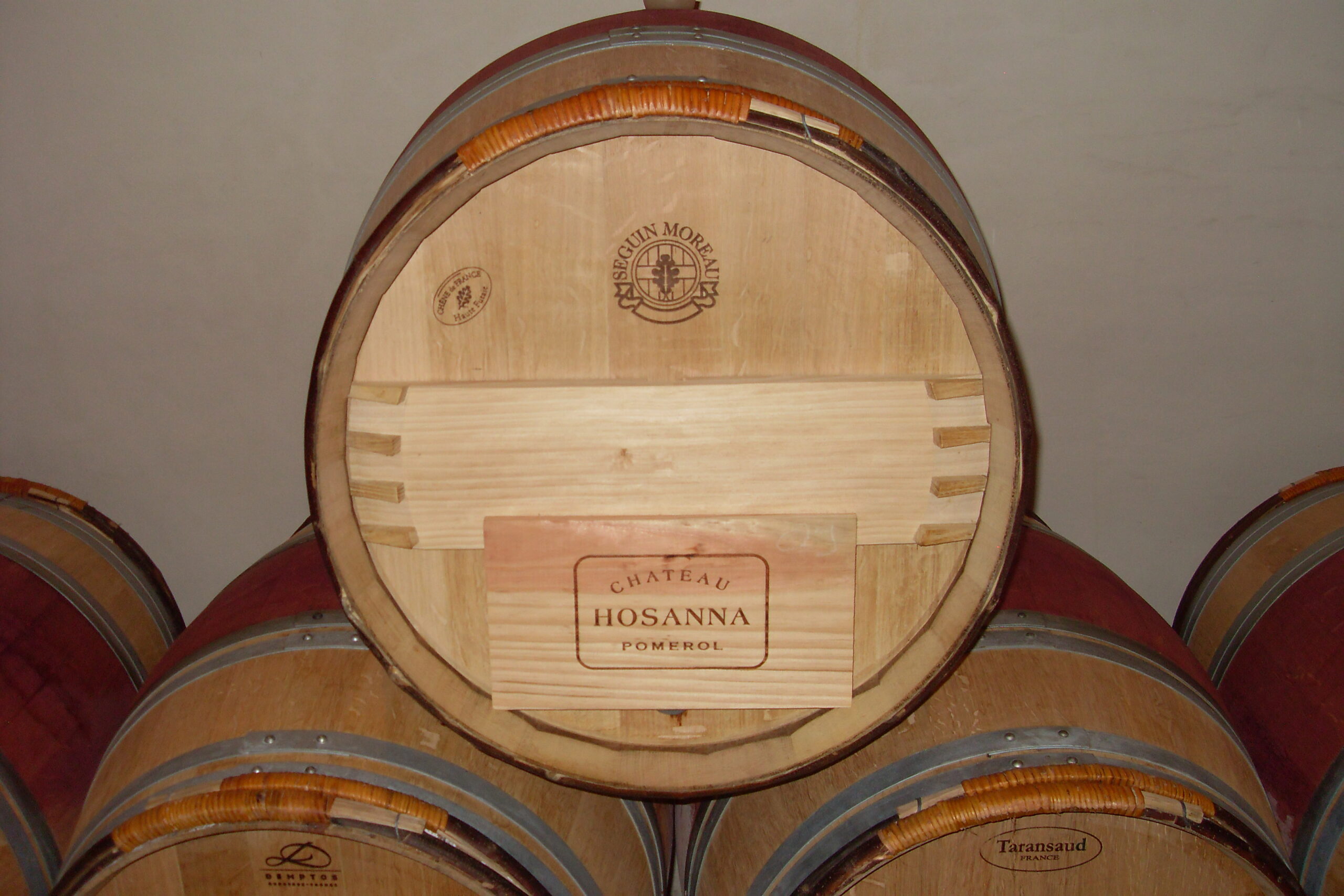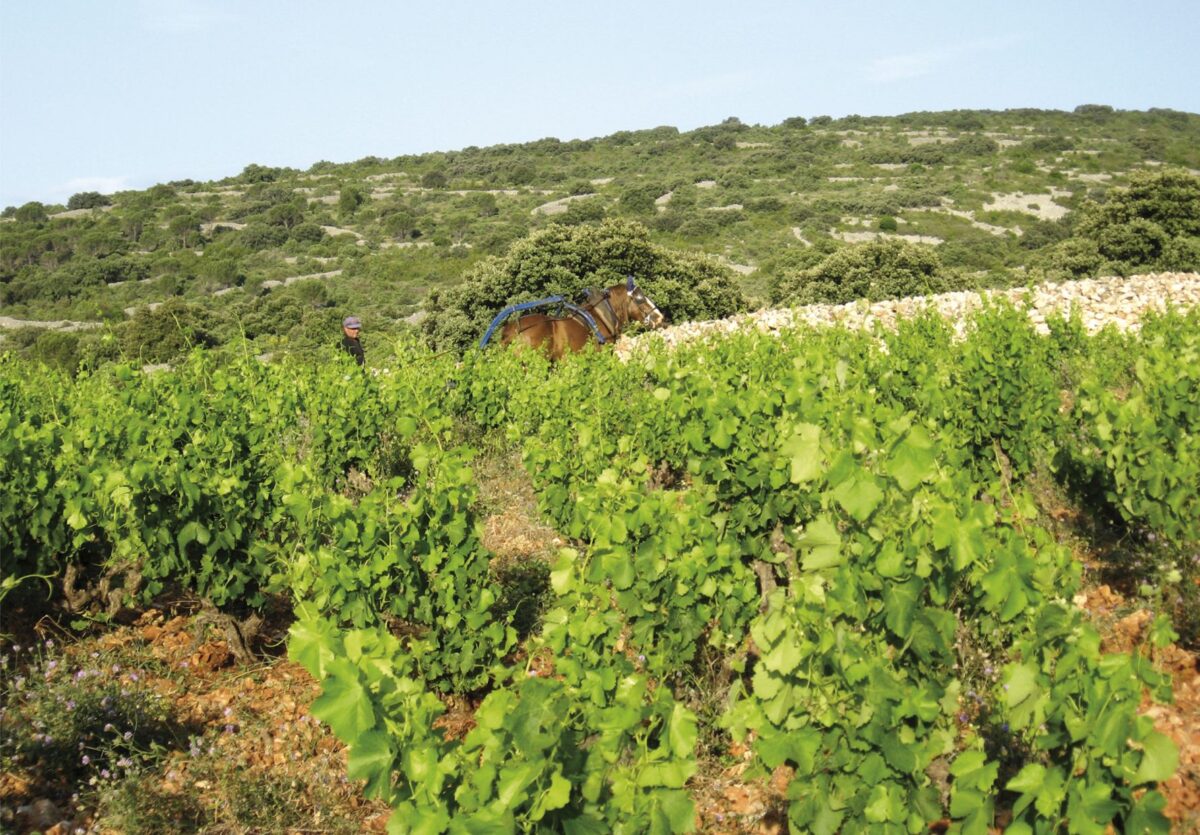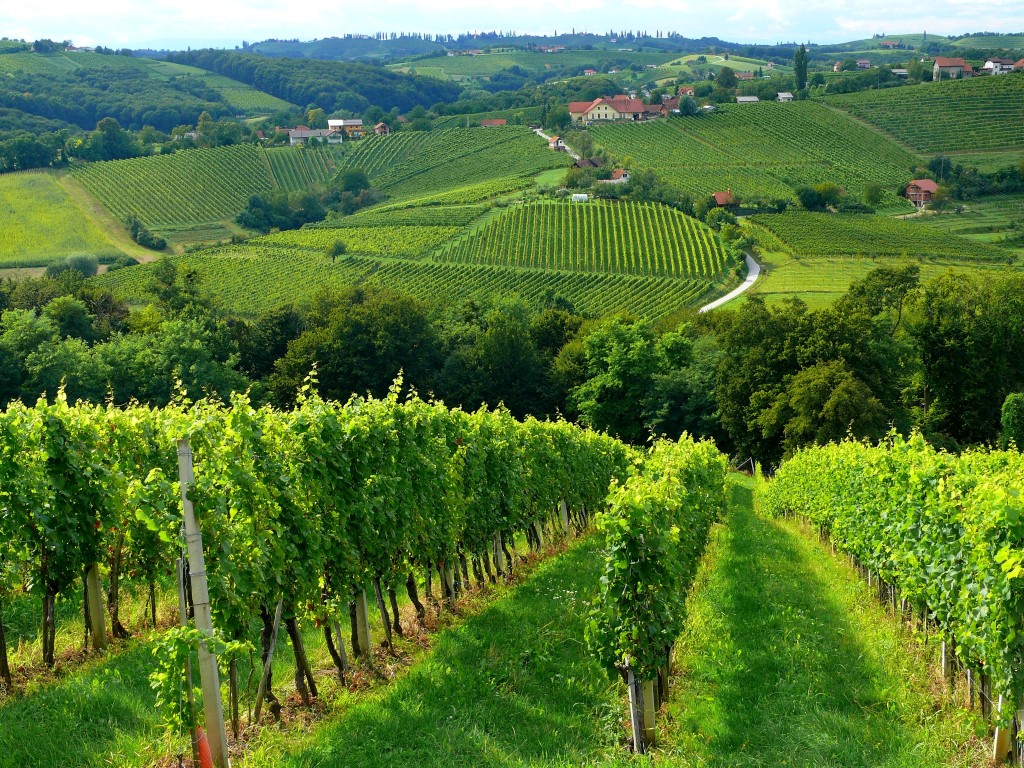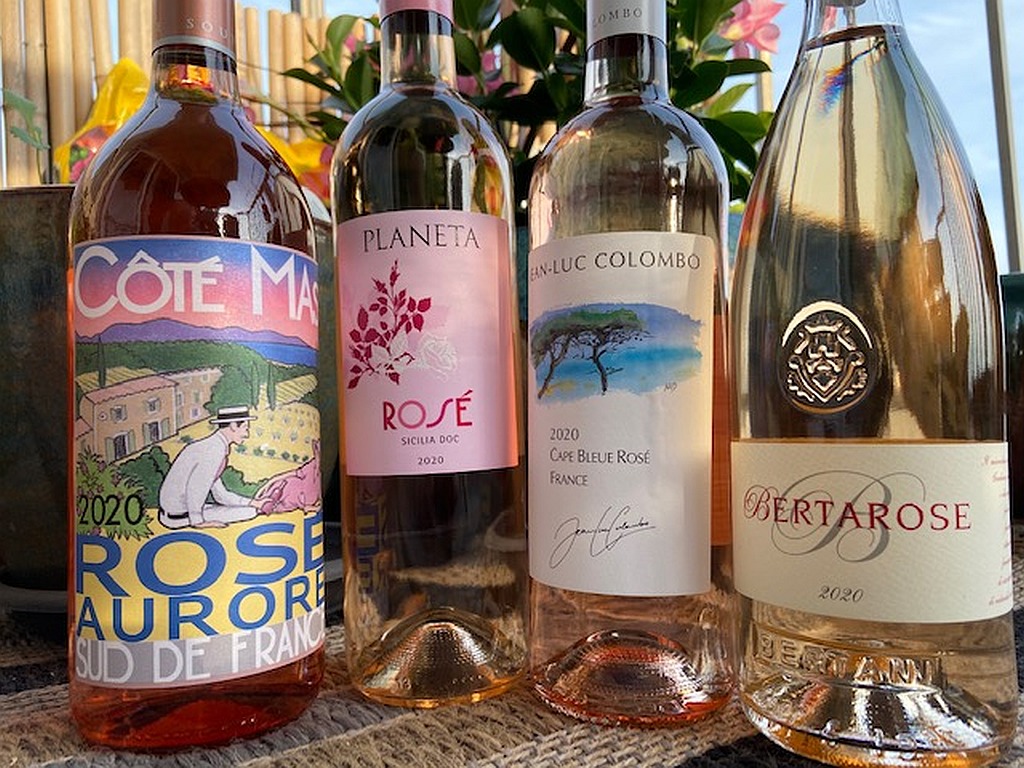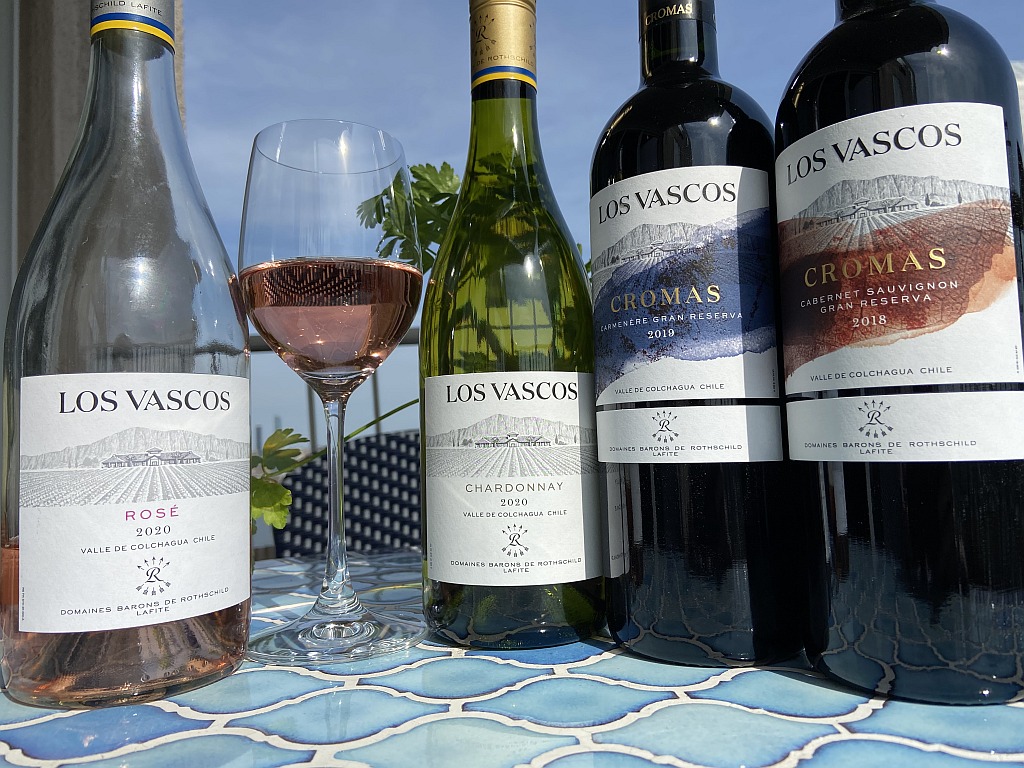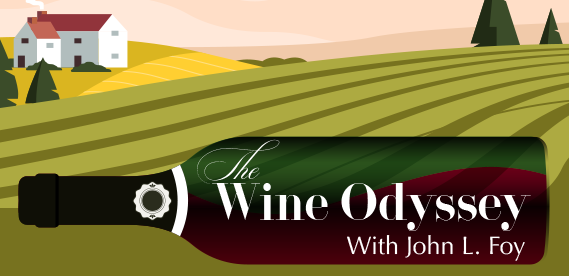Chianti Classico is a wine drinker’s best friend
It would not be an overstatement to say that Chianti Classico is the Italian wine in which many Americans have
Autumn’s Transition Wines
For many, the arrival of Labor Day signals the end of summer. But for those who want to prolong the
Bordeaux Fights Climate Change One Grape at a Time
Merlot, one of Bordeaux’s primary grapes for prestige wines, ripens earlier than its counterparts (cabernets sauvignon and franc, petit
Bordeaux Adopts Healthy Viticulture
Plowing in a biodynamic vineyard If you drove a time machine backwards through Bordeaux some 40 or 50 years ago,
Sunshine Wines..
The March-like weather that blanketed the northeast over Memorial Weekend depressed more than the air mass. It blew away
Los Vascos Offers History and Good Value
Many wine consumers think Chile is new to the wine world, in part, because the wines are relatively new
